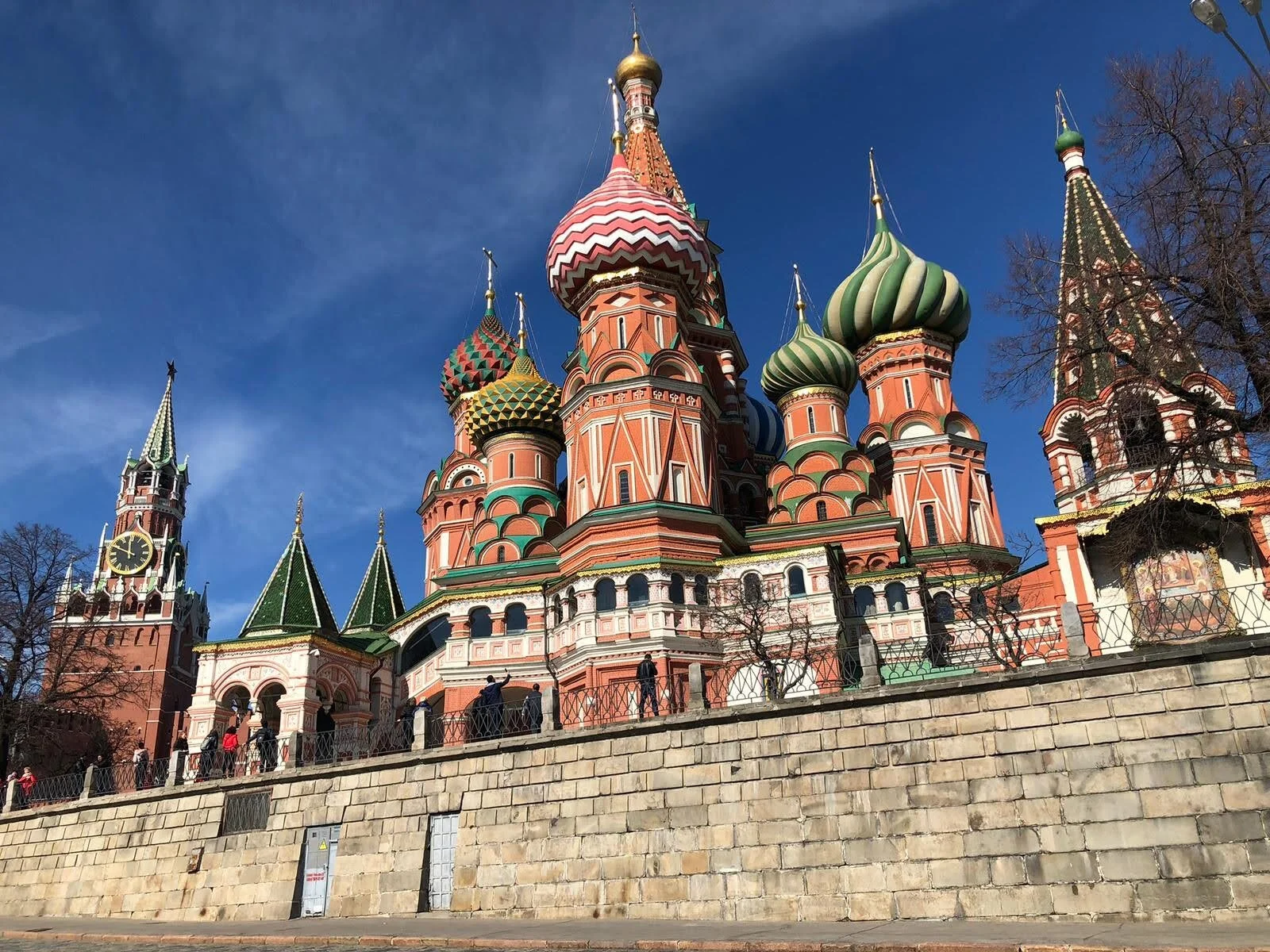Twelve trends in the Russian creative industries
It’s been a year of turmoil. In amongst that, societies across the world have learned the importance of culture and the arts as ways to connect people, to inspire us, and to innovate how we think about the challenges of everyday life. With so much focus on the present, we decided to think a bit more about what might happen in the short- and medium-term future. Here are twelve key trends that we think will shape the future of the arts and creative industries across Russia.
One. It’s all about the regions.
A focus on the creative industries in regional cities (i.e. outside of Moscow and St Petersburg) is here to stay, as they are increasingly seen as tools that can help to diversify local economies, improve living conditions in parallel with urban regeneration, and stop the brain drain of young people to Moscow and St Petersburg or internationally. However, according to experts, Moscow’s dominance won’t be shaken any time soon.
Photo of the infamous St. Basil’s church, in Moscow. Arjan Mook (2018) CC BY-SA
Two.
Moscow, St Petersburg, and other fast-emerging creative cities will feature even more prominently amongst their international peers. Recent research sets out Moscow’s position as a city where the CCIs make a significant contribution to GDP (gross domestic product). While these figures reflect the dominance of the tech industry, they also show that there is room for growth in other CCI sub-sectors. It also might lead to a renewed policy interest in - and funding of - the CCIs. (see also trend 12)
Three.
The lack of a legal definition of the creative industries has been argued to hinder its development in terms of policy, but otherwise, flexibility might prove to be beneficial, particularly considering the diversity of Russia’s cities. A definition might emerge from the field and that could be a good thing.
Four.
The creative industries help city branding both within Russia and internationally. City-to-city and city-to-country diplomacy is big business and this is likely to increase, with a city’s culture playing a big role.
Photo from the Gogol center Instagram account.
Five.
The creative industries - and particularly the performing arts - might suffer from the post-Covid19 fallout whilst also being considered a critical part of the recovery. Building creative and socially-responsive solutions into the ‘new normal’ could, should, and very possibly, will, be part of the process.
Six.
Cities - and local big businesses - will start embracing creativity-led regeneration and its broader social impact. Where this happens, some unexpected cities may emerge as leaders. It’s all up for grabs.
Seven.
Social impact goes part and parcel with environmental impact. Will there be repercussions for arts and the creative industries being funded by ‘unclean’ money, or is Russia too resource-dependent for this to be a real issue, at least in the short term? We’re not sure, but we think that environmental issues will be increasingly prevalent in creative expression.
Image by Anton Gudkov
Eight.
Bottom-up development is more effective than when it is led from the top. Supporting the grassroots, through infrastructures and micro-financing, could be a cost-effective way to develop regional cities and reduce brain drain. While this might be the case in many areas, for others, it’s likely that some policy-makers might think that creating a fancy creative cluster, some trendy bars and a new art gallery is the solution to a problem they don’t really understand. We predict - and hope for - more case study research into the best practice of creative industries infrastructure development seen across Russian cities to date.
Nine.
As noted above, Russia seems to be opening its arms to tourism by introducing e-visas for many countries from January 2021. How that will pan out with Covid-19 restrictions remains to be seen, but what it does mean, is that a city’s cultural and creative offer will be even more in demand. It will also play a big role in convincing shy tourists to step out of Moscow and St Petersburg, and regional festivals and events will have a big role to play in this too.
Ten.
It’s unclear how the debate about representation and access to culture will pan out in multi-ethnic and multi-lingual Russia. Some things are clear - artistic and cultural sector salaries are low and creative work is precarious, and this is a barrier to a diverse workforce. We don’t see this changing any time soon, but we might see the debate happening in different ways across Russia’s many regions in the longer-term.
Eleven.
TEO, the online platform of Cosmoscow
As for all industries, digitalisation plays a big part in changing the game. Online galleries and auctions, by setting public prices, are shaping a new Russian art market. For the first time, Cosmoscow went digital this year due to Covid and set a precedent by disclosing the artwork prices. While Art Paris and Vienna Contemporary remain more traditionnel on the matter, Russia could be taking the lead on art market price transparency, which is likely to be both positive for the artists and the market.
Twelve.
Government support of the creative industries (beyond traditionally-supported culture) is increasing, and different state-supported initiatives show the importance of cultural development to the Russian state. These include the anti-school Tavrida, where creative people have a possibility to attend classes with the leaders of the creative industries and develop projects under their guidance, and the Moscow Art Prize, which was created this year. This year for the first time, the city of Moscow supported gallerists to participate in Cosmoscow, with addition of a special public program, Moscow Creative Week and the state-initiated Innovation Prize. The mission of the Prize is to support creators working in the field of contemporary art and to highlight creative achievements: in 2020 it was decided to give a financial award to all nominees. We expect that the trend of state support for the more contemporary and more industry-focussed creative industries is likely to increase, particularly when research shows the return on investment that the creative industries can generate. Who and what is able to benefit from state funding will continue to be an important question, as it is around the world.
This list is not exhaustive, and it may bring up more questions than answers. Might a focus on the creative industries as a pillar for development strengthen Russia’s reputation within the international sphere, and, in the long-term, contribute to improved country-to-country relations? How will debates about cultural representation and access pan out in multi-ethnic and multi-lingual Russia? Might its responsiveness to new opportunities give Russia the edge over its peers in digital within the arts and export market?
Rather than leave you with the answers, let’s see this as the start of a bigger conversation about Russia and its creative future. Давай!
Acknowledgements
Lead image from a joint exhibition «I will think of it tomorrow» (2019) by ceramicist Daria Yaromenok and photographer Ekaterina Zhingel. Photo by Ekaterina, used with the artists’ permission.
Many thanks to ArtyGeneration wizards Marine Birot and Elena Rozhnova for their contributions, and to Russian creative industries expert Olga Kizina for her review of this article.









